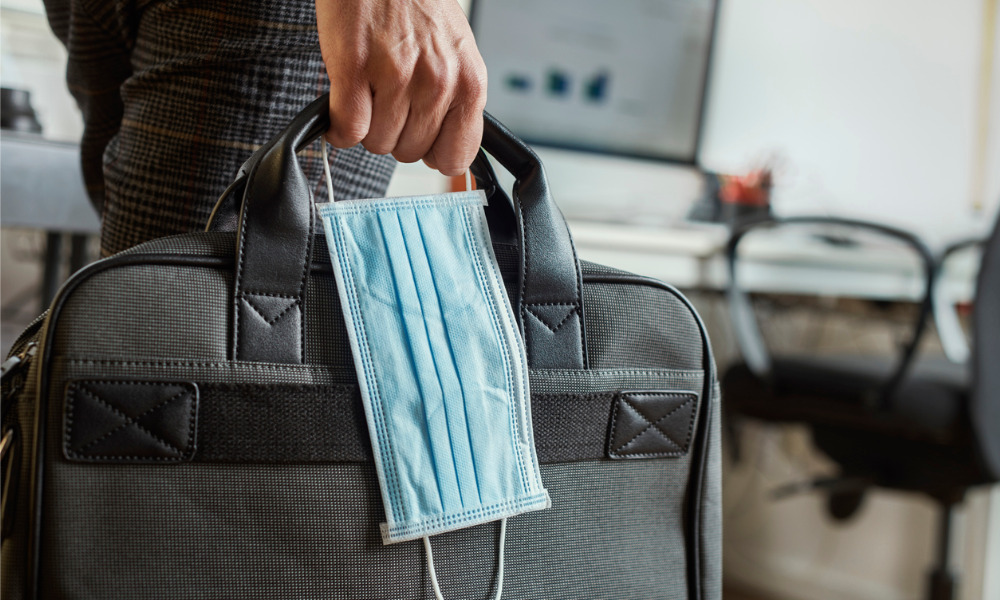Employers are faced with safety, legal challenges as they move towards welcoming employees back to the workplace


Nearly nine-in-10 employees believe that enforcing COVID-19-related health and safety practices is the responsibility of their employer, according to a recent O.C. Tanner study of nearly 1,400 full-time workers in Canada, the U.S., and the U.K. — with the majority of them expecting measures such as physical distancing and taking temperatures to be in place as employers implement their plans to return them to the workplace.
Unprecedented numbers of employees have been either working from home or temporarily laid off as regular office environments and transit systems have been largely abandoned in favour of physical distancing initiatives and lockdown orders aimed at slowing the spread of COVID-19. But as infection rates go down and the initial stages of economic re-opening begin, employers are faced with more challenges in adapting their workplaces to a new reality where physical distancing and sanitizing are top priorities.
The nature of COVID-19 — it’s highly contagious and many infected individuals show mild or no symptoms — means that right off the bat, employers must prepare their workplaces assuming that any employee could be infected at any time, says Tom Cecich, president of safety, health and environmental management consulting firm TFC & Associates and also Strategic Board Advisor at Avetta. Cecich adds that workplaces that may have been oriented towards open environments, team interaction, and collaboration will have to be reconfigured to support physical distancing and, where possible, engineering controls regarding ventilation modifications and access should be evaluated.
In addition, employees will have to be educated on the changes.
“Employees should be fully educated as to the characteristics of the disease and the precautions necessary to work safely, including specific social distancing procedures and personal protective equipment requirements,” says Cecich.
It’s not just employee safety concerns and the risk of an employee’s positive test closing the workplace that employers have to keep in mind. Norm Keith, a labour and employment lawyer with Fasken, points out that even before the pandemic, employers had a legal duty to take all reasonable precautions to ensure a safe and healthy workplace. Courts have recently expanded that duty to require a workplace-specific hazard assessment and employers should incorporate that into their re-opening plans, he says.
“During the COVID-19 pandemic, in my opinion, there is a need to conduct a hazard assessment before reopening or maintaining your business for the COVID-19 hazard,” says Keith. “Or to put another way, you will need to be able prove on a balance of probabilities that you took ‘every reasonable precaution, based on public health guidance and the workplace hazard assessment, to protect workers and third parties in the workplace.”
The challenges of re-opening the workplace and bringing employees back after months of distancing are likely not for the short term, either. Tom Cecich believes workplaces will be very different until COVID-19 is contained — whether it be through vaccine, drug treatment, or the disease runs its course — and employers will have to regularly reinforce practices such as physical distancing and the use of personal protective equipment. And given the likelihood of another pandemic down the line or the effects of diseases with which we’re already familiar, the workplace as we know it has probably changed.
“Future workplace designs will likely take into account lessons learned about building design, social distancing and education, since widespread seasonal flu and other viral outbreaks can also have a negative impact on businesses,” says Cecich.
Avetta will be hosting a free webinar discussing “Effective Return-to-Work Best Practices Post-COVID-19” on June 23 at 1 p.m. (ET). For more information on this webinar, HR professionals can register here.





